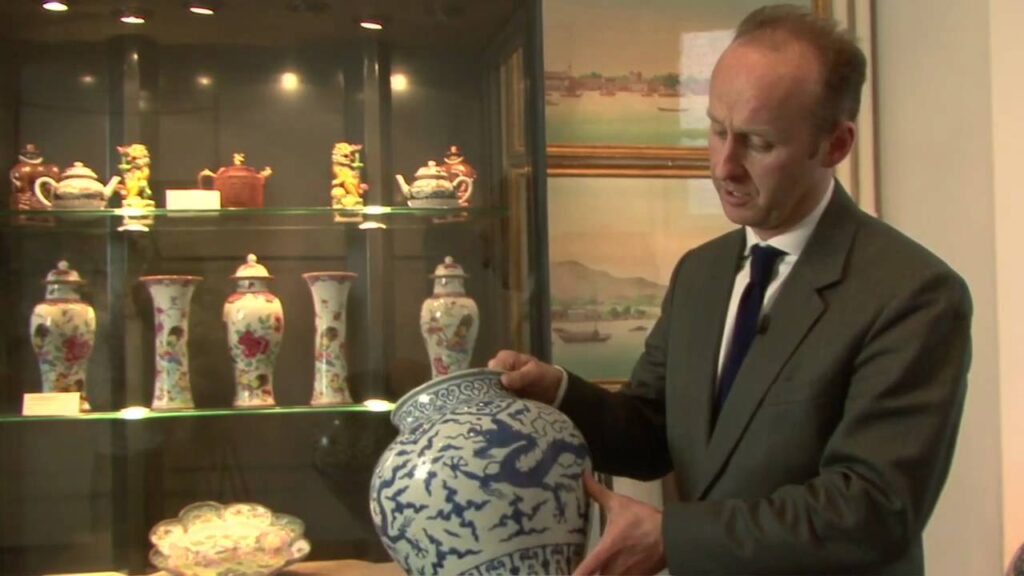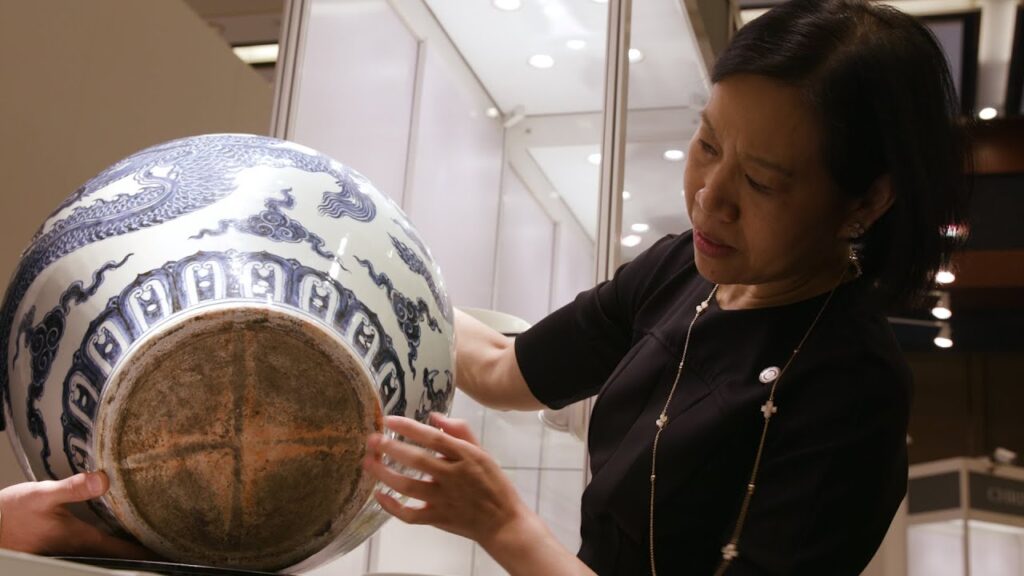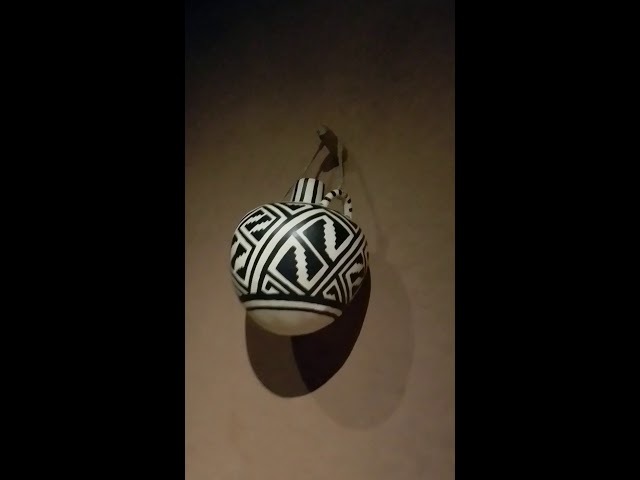Looking At A Ming Dynasty Porcelain Dragon Vase
Alastair Gibson looks in depth at a Ming Dynasty vase depicting a dragon and explains the sybmolism. This is a lovely vitem and is a great example of a ming dynasty dragon vase.
Ming dynasty pottery (Kids Art History Lab 7)
Ming vase, pottery, vase, pattern, motif, detail, form
Authenticating Chinese Art Ming Dynasty Imperial Xuande Blue & White Wares
Authenticating Chinese Ming Dynasty Imperial Xuande Blue & White Wares Masterpieces of the Xuande Period at
The Priceless Ming Jar Used as an Umbrella Stand | Christie’s
This magnificent and very rare large blue and white ‘Dragon’ jar was once used as an umbrella stand.
After a team of Christie's specialists looked at the jar, they realised they were handling an incredibly important piece of Chinese porcelain from the Ming Dynasty.
In this video, Chi Fan Tsang, a specialist in Chinese Ceramics and Works of Art, discusses the details that make this piece so special, including the significance of the five-clawed dragon, and the cross mark on the base of the vessel.
The dragon jar sold in 2016 for HK$158,040,000 / $20,447,642 as part of the '30 Years: The Sale' auction on 30 May in Hong Kong.
Find out more:
—
Subscribe to Christie's YouTube:
Sign up to Christie's Weekly:
Follow Christie's on:
Facebook:
Twitter:
Instagram:
Pinterest:
Past Masters Remembering Gary Erickson, Karen Karnes, Nick Kripal, Akio Takamori
From the 2017 NCECA Conference featuring speakers Keith Williams, Mark Shapiro, Jeffrey Mongrain & Peter Held
Masterpieces at Midday: Karen Karnes, Transcending Form with Flame
Masterpieces at Midday: Karen Karnes, Transcending Form with Flame with Windgate Curator of Contemporary Craft and Design Fellow Sarah Kelly. Offered on Zoom on Nov. 19, 2020.
Mark Shapiro: The Ceramic Art of Karen Karnes
Mark Shapiro gave a presentation about the life and work of ceramic artist Karen Karnes at the 2012 American Craft Council Baltimore Show.
Tracking the Lost Mogollon Across the Ancient Southwest – A Short Documentary
The archaeological record contains clues about a group of people who moved around the ancient Southwest making beautiful red ware pottery. Can we track these "Lost Mogollon" based on the pottery they left behind? Follow me as I take you on a whirlwind tour around the American Southwest to look at the clues related to these people and their stunning pottery.
0:00 San Pedro River
3:14 Alkali Ridge
5:00 Edge of the Cedars
8:20 Reeve Ruin
10:55 Reasons Why They Returned
12:23 Conclusion
📖 My book "Mud Puzzles" can be purchased at this link –
❤️ Support my channel
Channel membership
Ancient Potter's Club
🛍 Shop for pottery related goodies
Classes, tools and pottery are available at my online store:
📚 Improve your pottery skills
Check out my in-person pottery workshops and online masterclasses to improve your pottery making skills.
⭐️ Social media
Facebook –
Instagram –
📬 Send me mail
Andy Ward PO Box 43601 Tucson, AZ 85733
#archaeology #nativeamericanpottery #arizona










